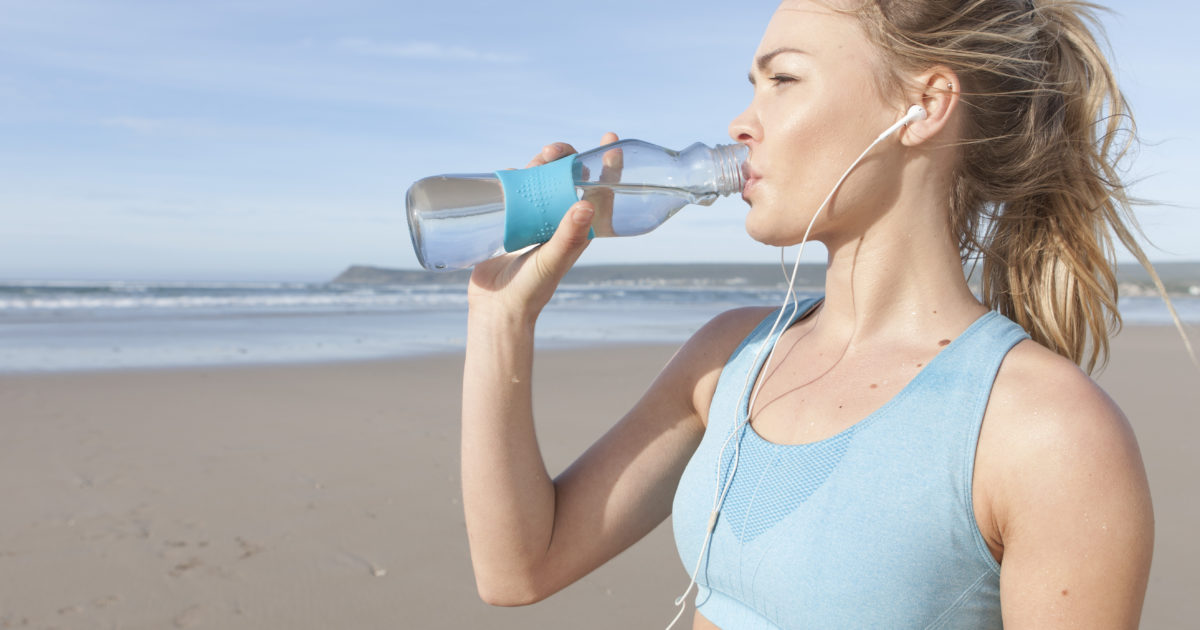How To Treat Carpopedal Spasms
Carpopedal spasms occur when the muscle contracts involuntarily in the feet and hands, though they can also affect the ankles and wrists. These spasms are often severely painful and can cause cramping and tingling in the locations. Though muscle contractions occur naturally in the body, when carpopedal spasms become chronic it may be an indicator of a more serious underlying condition. Carpopedal spasms are often caused by a nutrition imbalance or a more serious condition. They can be caused by hypothyroidism, which is when the thyroid does not produce enough hormones for the body to function properly. These spasms can also be caused by bacterial infection, tetanus. Hypocalcemia is another common cause. Carpopedal spasms are a warning sign of low calcium, especially if patients also have brittle nails and patchy hair.
Learn about how to treat carpopedal spasms now.
Take Required Vitamin Supplements

An easy way to lessen carpopedal spasms is to take the required vitamin supplements. Nutrient imbalances are the main cause of carpopedal spasms and can have detrimental effects on the rest of the body. If individuals are low in calcium, it could lead to osteoporosis. This causes bone density and quality to be reduced because it becomes porous. Increasing low calcium levels can improve symptoms. Patients can also get enough calcium by consuming calcium-dense foods like fortified orange juice, cheese, milk, leafy green vegetables, almonds, chia seeds, and sesame seeds. It is also important to get enough vitamin D because it helps the body absorb calcium. Vitamin D can be obtained in the body by sun exposure, because the skin will produce the vitamin when it gets adequate sunlight. However, patients can also get vitamin D through supplements or foods like mushrooms, seafood, eggs, yogurt, and almond milk. It is also important to reduce caffeine as well as alcohol consumption. Alcohol and caffeine can reduce the body's bility to absorb calcium properly. Taking the required supplements or otherwise increasing the intake of the necessary vitamins can greatly alleviate carpopedal spasms.
Get more information about how to effectively treat carpopedal spasms now.
Stay Adequately Hydrated

Dehydration can cause muscles to cramp because it prevents muscle fibers from releasing the contraction. It is important to drink eight glasses of water throughout the day to stay adequately hydrated. Sip water during workouts is particularly important because exercise sessions performed during high heat or those that are particularly intense can cause individuals to perspire more. Sweat also causes patients to lose key nutrients like potassium, sodium, magnesium, and phosphorus. If individuals experience dry mouth, extreme thirst, fatigue, dark-colored urine, dizziness, or confusion, they might be dehydrated. It is important to drink fluids and eat foods with high water contents to alleviate and prevent dehydration. Patients might need to consume more water if they experience diarrhea or vomiting because both cause dehydration. It is also important to drink more fluids when ill. Illnesses can often cause patients to become dehydrated as their body fights off infection. Strenuous exercise can also cause dehydration and lead to carpopedal spasms.
Continue reading for more on treating carpopedal spasms now.
